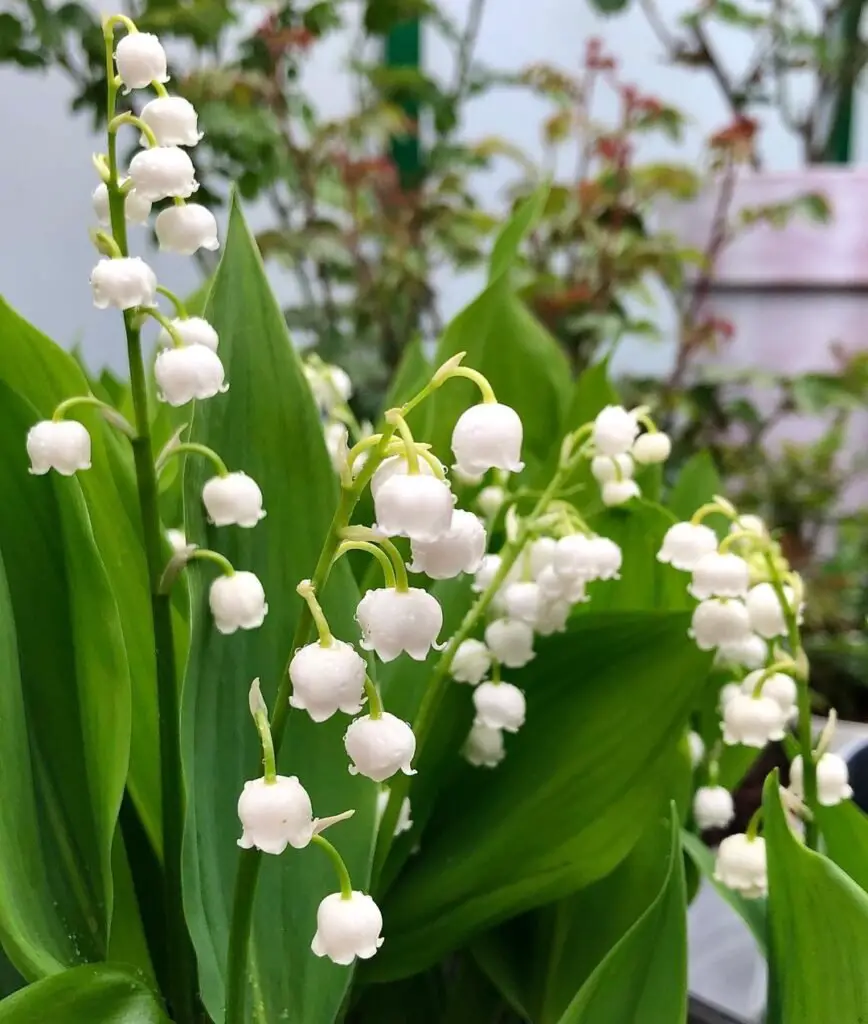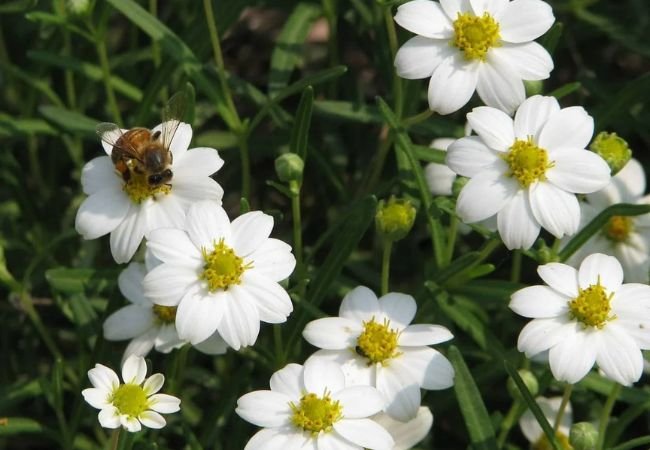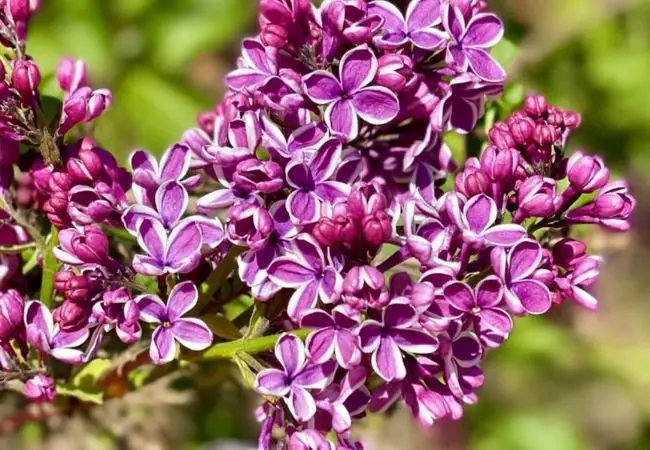Discover the charm of Lily of the Valley, a sweet-scented spring flower. Learn how to grow, care for and enjoy these dainty blooms while being aware of their unique characteristics.
Have you ever come across tiny, bell-shaped flowers with a scent so sweet it stops you in your tracks? That’s likely the Lily of the Valley. These delicate flowers have captivated gardeners for centuries with their beauty and fragrance. Let’s explore why Lily of the Valley might be an interesting addition to your garden.
Here’s an overview for Lily of the Valley:
| Category | Information |
|---|---|
| Botanical name | Convallaria majalis |
| Common name | Lily of the Valley |
| Plant type | Perennial herb |
| Hardiness zone | Zones 2-7 |
| Sun exposure | Part shade to full shade |
| Soil type | Rich, moist, well-drained |
| Watering | Regular, consistent watering |
| Growth habit | Low-growing, spreading |
| Height/Spread | 6-8 inches tall, spreads by rhizomes |
| Special features | Fragrant bell-shaped flowers in spring, spreads rapidly |
What is Lily of the Valley?

Lily of the Valley (Convallaria majalis) is a woodland flowering plant native to Europe and Asia. Despite its name, it’s not actually a lily but belongs to the asparagus family.
Key Features
- Small, white, bell-shaped flowers
- Sweet, strong fragrance
- Low-growing with broad, green leaves
- Blooms in spring
- Spreads through underground rhizomes
Why Gardeners Love Lily of the Valley
- Fragrance The sweet scent of Lily of the Valley is often used in perfumes and brings a lovely aroma to gardens.
- Shade Tolerant These plants thrive in shady areas where many other flowers struggle.
- Low Maintenance Once established, Lily of the Valley requires minimal care.
- Ground Cover It can form a dense, attractive ground cover in woodland gardens.
How to Grow Lily of the Valley
Planting
- Choose a shady to partially shady spot
- Plant in spring or fall
- Space plants 4 inches apart
- Plant just below the soil surface
Care Tips
- Water regularly, especially during dry spells
- Apply a layer of mulch to retain moisture
- Divide clumps every 3-4 years to control spread
- No fertilizer needed in most cases
For more detailed growing instructions, check out this guide from the University of Wisconsin-Madison Extension.
Uses for Lily of the Valley
Garden Design Lily of the Valley works well in:
- Shade gardens
- Woodland gardens
- Ground cover in shady areas
- Rock gardens
- Cut Flowers Despite their small size, Lily of the Valley makes charming cut flowers.
- Fragrance Plant near patios or walkways to enjoy the sweet scent.
- Traditional Uses Lily of the Valley has been used in bridal bouquets and is associated with May Day celebrations.
Interesting Facts About Lily of the Valley
- Royal Connection It was featured in Kate Middleton’s royal wedding bouquet.
- National Flower Lily of the Valley is the national flower of Finland.
- Symbolism In the language of flowers, it represents sweetness and the return of happiness.
For more information on plant symbolism, visit the United States Botanic Garden.
Important Safety Note
While beautiful, Lily of the Valley is toxic if ingested. All parts of the plant contain cardiac glycosides, which can cause serious health issues if eaten. Keep away from children and pets. For more information on toxic plants, consult the National Capital Poison Center.
Potential Challenges
While Lily of the Valley is generally easy to grow, be aware of these potential issues:
- Invasive Tendencies In some areas, Lily of the Valley can spread aggressively. Check with your local extension office about its behavior in your region.
- Leaf Spot This fungal disease can affect leaves in wet conditions. Ensure good air circulation.
- Slug Damage Slugs may eat the leaves. Use appropriate slug control methods if necessary.
Lily of the Valley is a charming and fragrant addition to shady gardens. Its sweet scent, dainty flowers, and ability to thrive in shade make it a valuable plant for many gardeners. However, it’s crucial to be aware of its potential to spread and its toxicity.
Remember, successful gardening is about choosing plants that suit your local climate, growing conditions, and lifestyle. Lily of the Valley can be a great choice for gardeners looking to add fragrance and beauty to shaded areas, as long as it’s planted responsibly.
As you plan your garden, consider whether Lily of the Valley’s unique characteristics align with your garden goals. With proper care and placement, you can enjoy the sweet scent and delicate beauty of these spring blooms for years to come.
For more gardening tips and plant care guides, visit usagardenhub.com.







One comment on “Lily of the Valley : The Delicate, Fragrant Beauty of Spring”